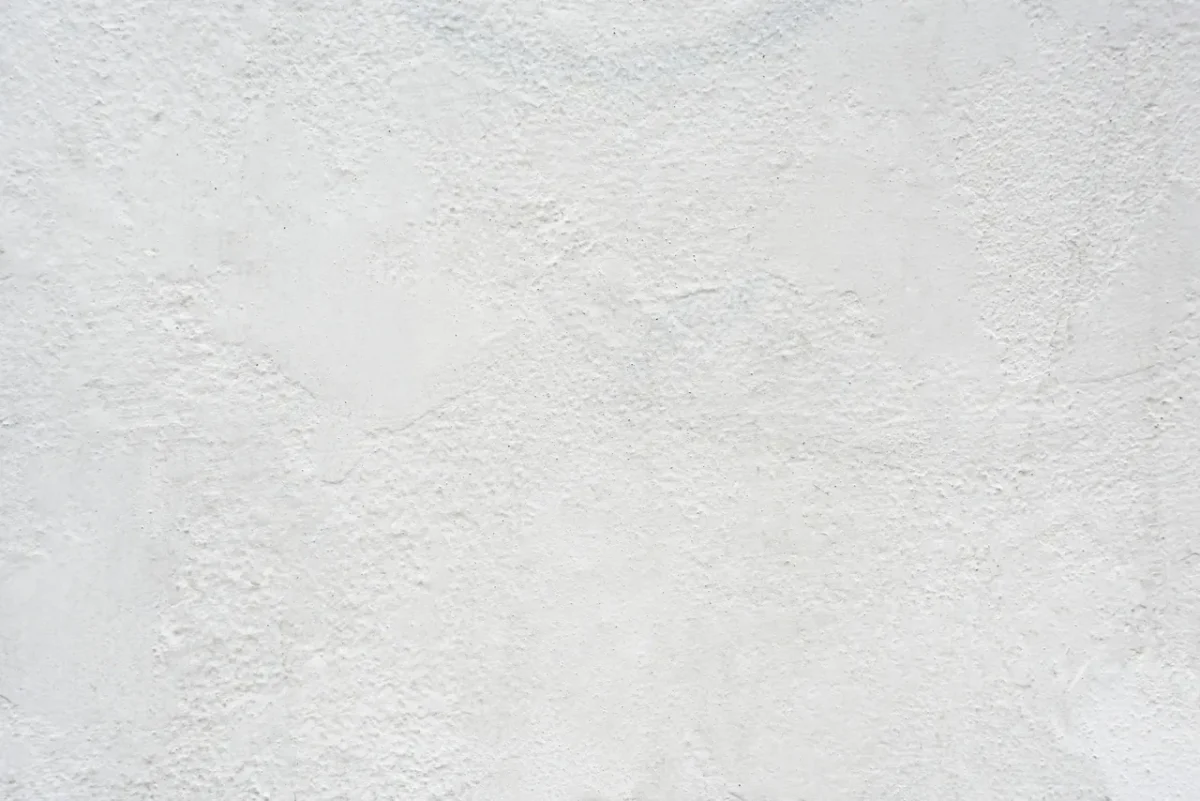What Is Stucco?
Stucco is versatile and durable, offering different textural and color looks while also providing protection from the elements. Stucco is composed of natural materials: Portland cement, limestone, sand, and water, and is applied to homes in a layering system. Stucco can be used on the exterior or interior of a home and is commonly used in the southern half of the U.S. due to its durability in extreme heat. Stucco is versatile in texture and color: once dried, it can be painted any color, but it can also be treated throughout the layering process to add a neutral color to the siding. It can be textured throughout the process, adding a different element to the home. Stucco can stand the test of time, often lasting more than 50 years with proper maintenance.
Pros of Stucco Siding
Whatever your goal when installing stucco siding, there is certainly a benefit that you will reap from this versatile siding option. Some of the major pros include:
Sustainability
Stucco is often noted as the most environmentally sustainable siding option. Stucco is composed of environmentally friendly materials, such as limestone, sand, and water, offering an earth friendly option to homeowners. Stucco lasts many years, also making it a more sustainable option since fewer replacements will need to be installed on a home, therefore using fewer building materials. It also offers insulation, allowing you to use less energy for heating and cooling, which saves money and helps contribute to environmental goals.
Durability
Stucco is extremely durable. Stucco can last more than 50 years, and with proper care and maintenance stucco is known to last even more than 100 years. It is effective in most climates, especially those with extreme heat and arid weather. It stands up well in most weather, any extreme winds and will not generally be damaged by debris. Stucco is resistant to insects, allowing virtually no cracks or holes through which critters can crawl to enter your home. Stucco has a fire safety rating of 1 hour, meaning stucco will burn for a full 60 minutes before flames will reach the base layer of the stucco and the interior of your home.
Aesthetically Appealing
Stucco is very aesthetically appealing: it has a unique look that is often noted for increasing the curb appeal of homes. It also provides a wide range of options for homeowners looking to personalize their home. Stucco can be painted in a wide range of colors, from neutrals to brighter tones and hues. The cement siding can also be fashioned with countless textures, depending on the style a homeowner wishes to achieve. Stucco can also be formed into decorative elements, such as shapes and fixtures, to enhance the exterior of a home.
Cons of Stucco Siding
Setting aside the positives of stucco siding, there are some cons that are worth taking a look at before deciding stucco is the right option for your home:
Maintenance Requirement
We mentioned above that stucco will stand the test of time and can last even more than 100 years with proper care and maintenance. That maintenance is extremely important to the lifetime of your stucco siding, as well as just for general care of your home. Stucco requires regular checks and inspections, all of which can be done by a homeowner, to ensure no cracks or holes have formed in the surface of your siding. These cracks or holes may form due to freezing temperatures, natural elements, or shifting earth. They may cause water to seep beneath the surface of your stucco, which, when left unrepaired, can cause water damage to your siding or your home. Any cracks will require repairs – which can be done easily by a homeowner if they are small, or if they are large, may require a professional. Stucco siding requires more attention than some other siding options to ensure the quality stands the test of time.
Stucco Is Absorbent
Stucco is a porous substance, so unlike vinyl or other siding materials, it can absorb moisture. An extremely rainy season or very humid climate can cause some damage to your home, especially in the form of dark spots on your stucco siding. Stucco may also grow mold as moisture settles into the surface of your siding. Ensuring mold and dark spots do not form will require another level of maintenance: regular cleaning. If you do not clean and inspect regularly or if you reside in a very moist climate, this porosity can be a big con of stucco siding.
Stucco Repair Costs
If you reside in a dry climate and have a quality stucco installation, you can generally expect to have many years without facing any stucco related problems. Repairs aren’t often needed, and many can be DIYed with a simple and affordable patch kit. Larger cracks should generally be repaired by a professional to ensure the crack is properly patched and so they can offer a color match that will seamlessly blend into the rest of your home. Repair costs vary based on the issue, but for cracks in stucco, the repair cost is usually $1 to $2 per linear foot of crack. A service fee will generally be included, especially for smaller projects and repairs.
If you are considering installing stucco siding on your home or are in the market for a repair, the Titan Stucco team can help.
Contact our team to learn more about this versatile siding option and how we can serve your home today!





